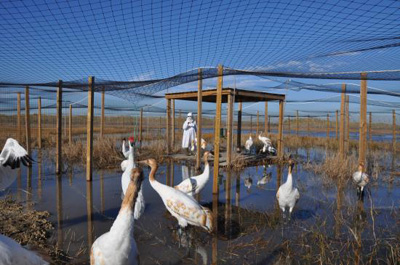 The Pennsylvania Department of Agriculture announced the first case of Chronic Wasting Disease (CWD) in deer there last week. As you may guess from the state department issuing the news, CWD was found in captive deer.
The Pennsylvania Department of Agriculture announced the first case of Chronic Wasting Disease (CWD) in deer there last week. As you may guess from the state department issuing the news, CWD was found in captive deer.
CWD had been found in New York, which borders Pennsylvania, several years ago and is believed to be eradicated there. But there have been more recent incidents in West Virginia and Maryland, which also border the state.
(My rough measurements show the Pennsylvania case as being about 40 miles from where CWD was found in Maryland and West Virginia.)
Read the Pennsylvania Department of Agriculture press release here. (It’s a PDF).
Read an article in the Lehigh Valley Morning Call, here.
In other deer health news, Louisiana State Wildlife Division chief Kenny Ribbeck told the Louisiana Wildlife and Fisheries Commission last week that Hurricane Isaac killed up to 90 percent of the deer fawns in the Maurepas Basin, according to an Associated Press article that you can read in The Oregonian. Deer hunting in the region has been adjusted as a result.
And in the category of “when is no news actually news” the Canadian Cooperative Wildlife Health Centre notes in its blog that epizootic hemorrhagic disease (EHD) came awfully close to Canada this year. The midge that spreads EHD is not found in Canada, it says, but the disease may move north with the midge because of climate change. It also notes that because the disease has never struck there, the outbreak may be severe.
Read the Canadian Cooperative Wildlife Health Centre blog post, here.
Photo: Joe Kosack/Pennsylvania Game Commission


 The number of alligator related hunting violations has jumped from 60 five years ago to 98 just this year, says an article in
The number of alligator related hunting violations has jumped from 60 five years ago to 98 just this year, says an article in  Back in the ’70s, ’80s ad ’90s studies showed that feral swine were not major predators of alligator nests, says a paper in the current issue of
Back in the ’70s, ’80s ad ’90s studies showed that feral swine were not major predators of alligator nests, says a paper in the current issue of 
